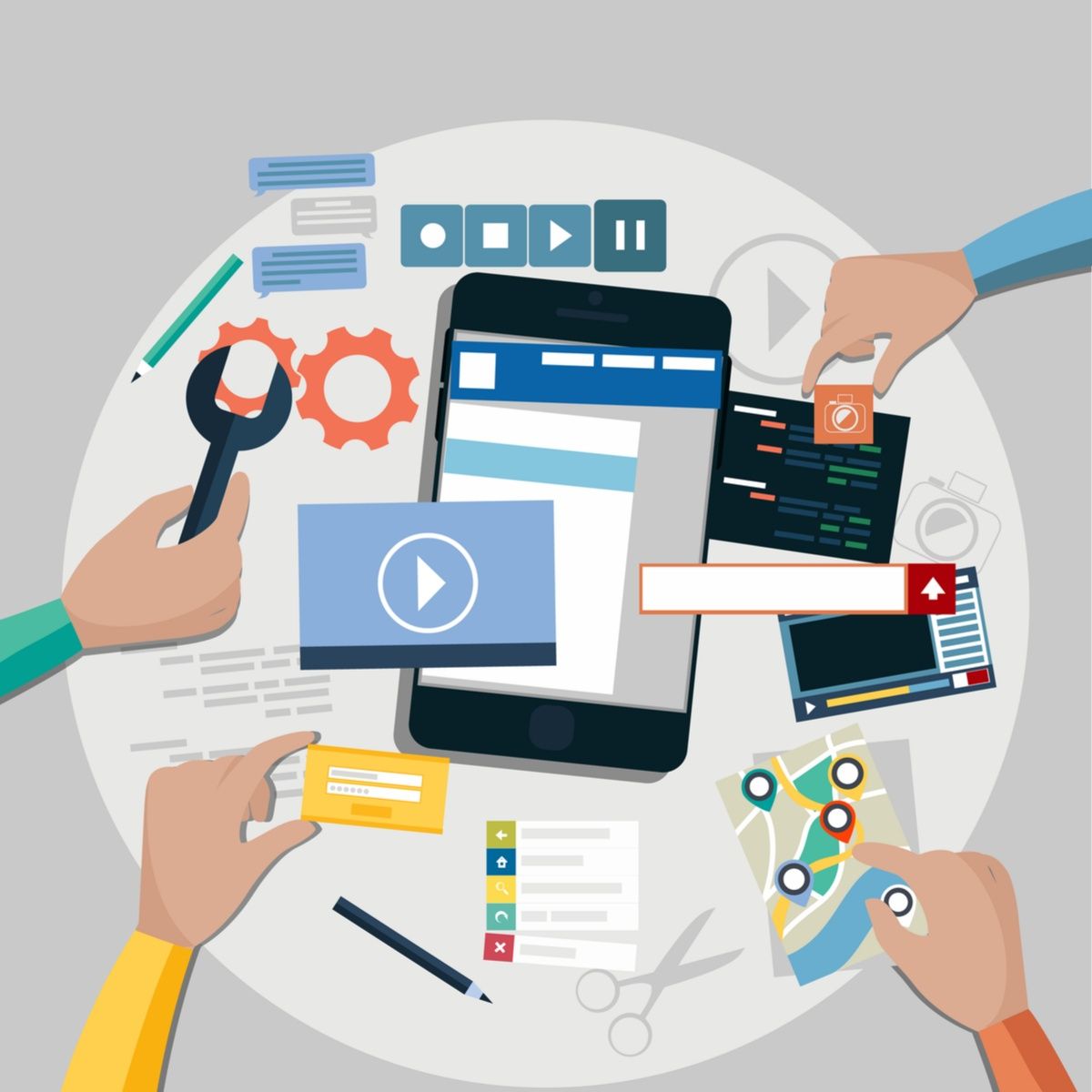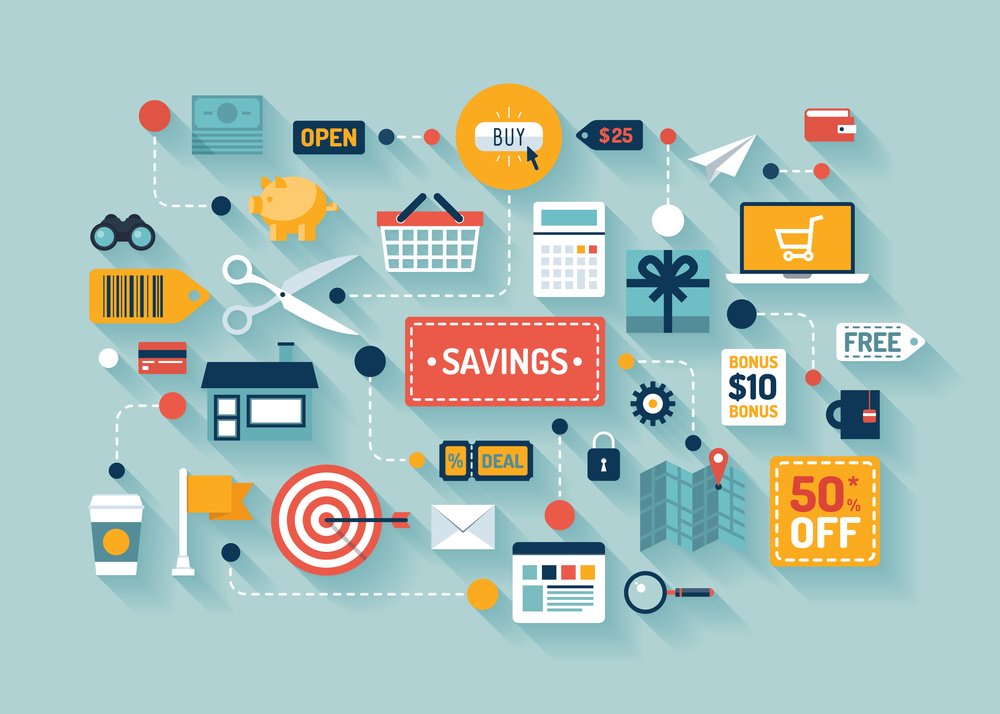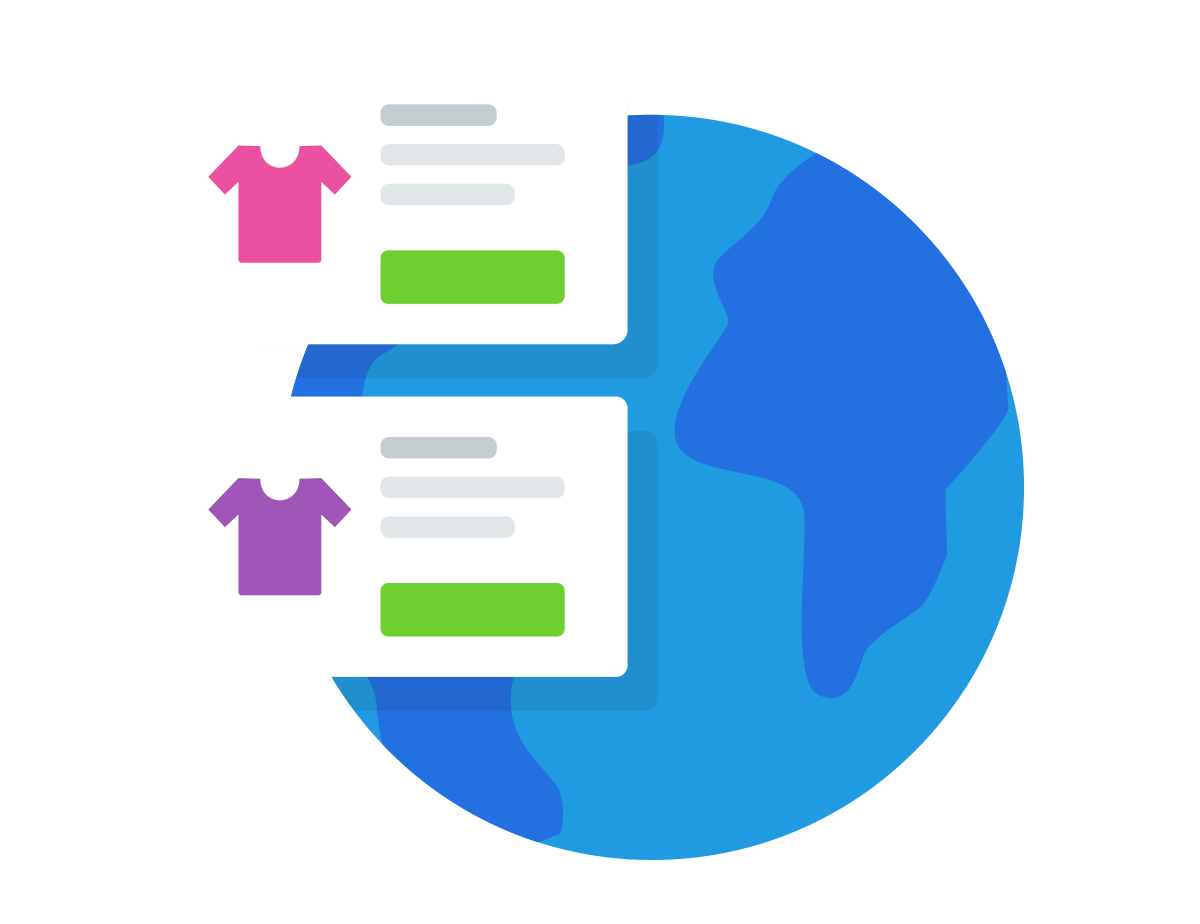Opening an online clothing label can be a daunting task, so it helps to know what you’re getting in to and what decisions will need to be made.
The world of fashion eCommerce is one that’s constantly—and rapidly—changing.
One report predicted 2019 would be a year when the industry began to seize some of the opportunities presented by shifts in consumer habits and preferences, including the closure of many physical retail locations.
While personal spending on fashion may have stagnated in recent years, the report notes that retailers that are “nimble, think digital-first, and achieve ever-faster speed to market” have the highest chance of succeeding.
Being in that group requires understanding how available resources dictate what choices are available to them. Each one, of course, comes with its own set of pros and cons.














